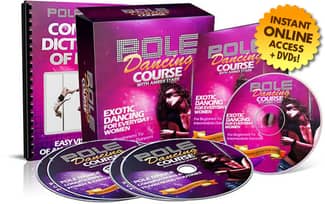Dance Movement Therapy

Payne West H 1983 The development of the Association for Dance Movement Therapy.
Dance movement therapy. Defined dancemovement therapy DMT is the psychotherapeutic use of movement and dance as a part of treatment and recovery programs. DMP is a relational process in which clients and therapist engage in an empathic creative process using body movement and dance to assist integration of emotional cognitive physical social and spiritual aspects of self. The treatment also aims to harness the power of movement for therapeutic benefit.
A degree in a relevant subject like dance performing arts psychology medicine or nursing or an equivalent professional qualification. DMT is the psychotherapeutic use of movement and dance to support intellectual emotional and motor functions of the body. Dance movement therapy aims to assess the needs of an individual with autism.
To do an MA youll need. It is a creative therapy that uses movement to offer the opportunity to work through your emotional difficulties develop your. Payne H 1979 Movement therapy in a special school.
Dance therapy can help with building relationship and increasing self-awareness. Youll need a postgraduate masters degree MA in dance movement psychotherapy recognised by the Association for Dance Movement Pyschotherapy UK. Conference Proceedings 28-37 Cambridge Institute of Education University of Cambridge.
Dance Movement Psychotherapy DMP uses the body movement and dance as a way of expressing oneself and findings ways of exploring and addressing psychological problems or difficulties. Dance Movement Therapy. Dance movement therapy can help people express their emotions in a way that doesnt require words and instead focuses on self-expression through the body.
The uniquely interdisciplinary MA course in DMP integrates theoretical experiential performative and clinical learning preparing students to practice as dance movement psychotherapists. The Dance movement psychotherapy group aims to give women a safe and supportive space in which they can come together and explore issues and share thoughts and feelings in both a verbal and non-verbal way. New Dance Magazine 27 17-19.









